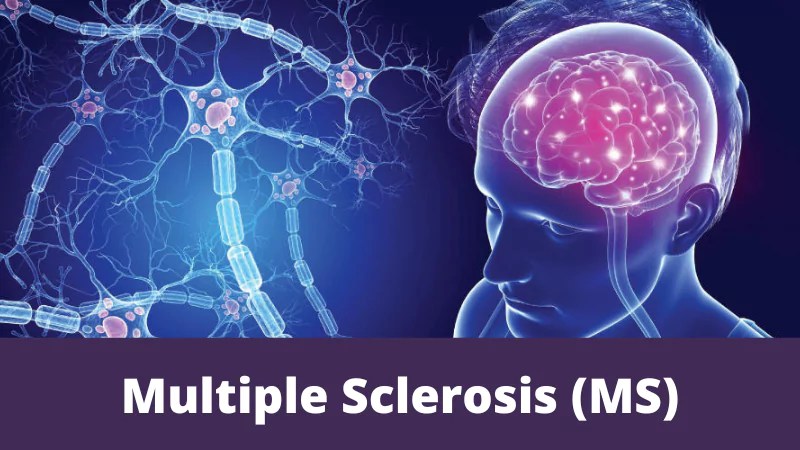 animalia-life.club
animalia-life.club Introduction to Dog Training: A Step-by-Step Guide Training your dog can be a rewarding experience, strengthening the bond between you and your furry companion. This guide provides a structured approach to training, covering foundational commands and addressing common behavioral issues. Remember that consistency, patience, and positive reinforcement are key to success.
Step 1: Establishing a Foundation – Basic Obedience Before tackling complex tricks or addressing specific behavioral problems, focus on basic obedience commands. These commands form the cornerstone of all further training and help establish you as the leader.
- Sit: Hold a treat in front of your dog's nose. Slowly move it upwards and backwards over their head. As their nose follows the treat, their rear end should naturally lower into a sit. Say "Sit" as they perform the action. Reward with the treat and praise. Repeat frequently.
- Stay: Once your dog knows "Sit," have them sit. Hold your hand up in a stop gesture and say "Stay." Initially, only ask them to stay for a few seconds. Gradually increase the duration. Reward them for staying.
- Come: Use a cheerful tone and say "Come!" while gently tugging on their leash (if indoors) or using a long leash (outdoors). When they come to you, shower them with praise and a treat.
- Down: Hold a treat in front of your dog's nose. Slowly lower it towards the floor. As they follow the treat, they should naturally lie down. Say "Down" as they perform the action. Reward with the treat and praise.
- Leave It: Place a treat on the floor. Cover it with your hand or foot. When your dog tries to get the treat, say "Leave it." Once they stop trying, give them a different, more appealing treat from your hand.
Step 2: Mastering Positive Reinforcement Positive reinforcement is the most effective and humane training method. It involves rewarding your dog for desired behaviors, making them more likely to repeat those behaviors in the future.
- Treats: Use small, high-value treats that your dog loves. Vary the treats to keep them interested.
- Praise: Verbally praise your dog with enthusiasm and positive words like "Good dog!" or "Yes!"
- Toys: Some dogs are more motivated by toys than treats. Use their favorite toy as a reward during training sessions.
- Clicker Training (Optional): A clicker can be used to mark the exact moment your dog performs the desired behavior. Immediately follow the click with a treat.
Step 3: Addressing Common Behavioral Issues Once your dog has a good grasp of basic obedience, you can start addressing any behavioral issues they might be exhibiting.
- Excessive Barking: Determine the cause of the barking. Is it boredom, anxiety, or territoriality? Address the underlying issue. Teach a "Quiet" command.
- Chewing: Provide plenty of appropriate chew toys. Redirect your dog's attention when they start chewing on inappropriate objects.
- Digging: Create a designated digging area in your yard. Redirect your dog to that area when they start digging elsewhere.
- Jumping: Ignore your dog when they jump on you. Only give them attention when all four paws are on the ground.
- Leash Pulling: Use a front-clip harness or head halter. Practice loose-leash walking in a quiet area.
Step 4: Socialization and Exposure Socialization is crucial, especially during puppyhood. Expose your dog to a variety of people, places, and sounds in a safe and controlled manner. This helps them develop into well-adjusted and confident adults.
- Puppy Classes: Enroll in a puppy socialization class.
- Controlled Introductions: Introduce your dog to other dogs gradually and in a controlled environment.
- Variety of Environments: Take your dog to different parks, stores, and other places to expose them to new sights and sounds.
Step 5: Consistency and Patience Consistency is essential for successful dog training. Everyone in the household should use the same commands and training methods. Be patient and understand that it takes time and repetition for dogs to learn new behaviors. Don't get discouraged if your dog doesn't learn something immediately. Keep practicing, and celebrate small successes along the way.
Conclusion: A Lifelong Journey Dog training is not a one-time event but an ongoing process. Continue to reinforce good behaviors throughout your dog's life. Regular training sessions will help maintain their skills and strengthen your bond. If you encounter significant challenges, consider consulting with a professional dog trainer or behaviorist. They can provide personalized guidance and help you address specific issues. Remember to always prioritize positive reinforcement and create a positive training experience for your dog.
Multiple Sclerosis
 animalia-life.club
animalia-life.club Multiple Sclerosis Overview Signs Symptoms Types Multiple Sclerosis Or Disseminated Sclerosis
 fity.club
fity.club Multiple Sclerosis (ms)
 mthfrsupport.com.au
mthfrsupport.com.au
0 komentar:
Posting Komentar